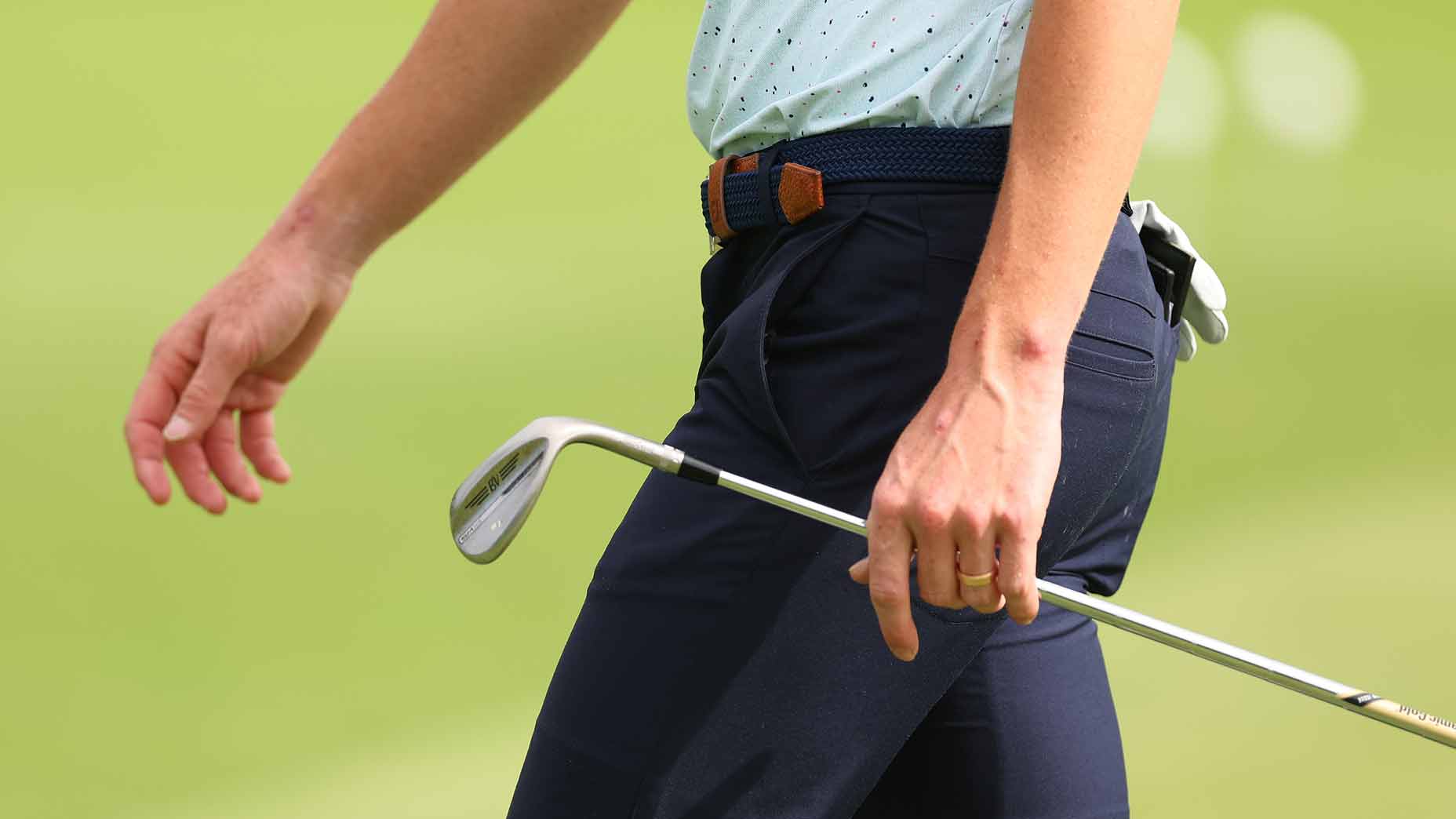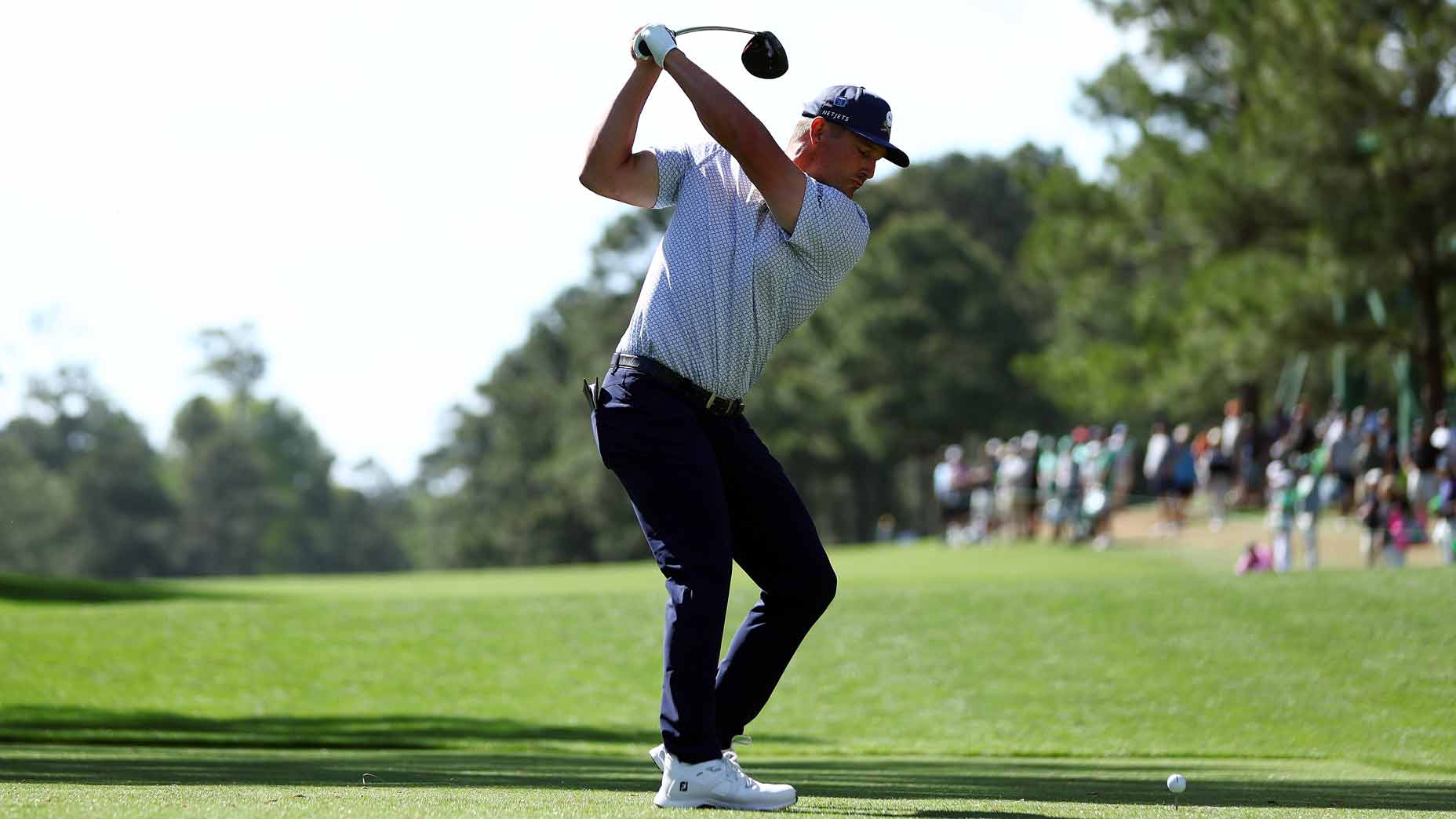Why Quail Hollow was rerouted for the 2022 Presidents Cup

Quail Hollow has dangerous water lurking often.
PGA of America/Getty Images
The weight of international relations customarily falls on the shoulders of the pros at 1600 Pennsylvania Avenue. But the clubhouse at Quail Hollow, the host course of this year’s Presidents Cup — which, every two years, pits a team of America’s top players against the world’s best from countries outside of Europe — is a pretty grand manse in and of itself.
Undoubtedly, the venerable Charlotte, N.C., club will open its arms to the 2022 International squad when the event gets underway on Thursday. But don’t expect its course — or, for that matter, Team U.S.A. — to be a pushover. The gorgeous, wooded 1961 George Cobb design (with flourishes from Arnold Palmer in 1985 and ongoing upkeep by Tom Fazio) will be a brawny and demanding test for Cuppers both foreign and domestic.

Similar to what Inverness did for the Solheim Cup in 2021, Quail Hollow has altered its routing for the competition. In this case, to make sure its famous, water-strewn final five holes feature prominently in the outcome. At the 2019 Cup, more than half the matches never reached the home hole, so Quail Hollow’s 14 through 18 — where H2O looms left, the place where pros tend to miss when the pressure is on — will be moved forward in the mix to become holes 11 through 15. The best of them is the testy 11th, a 330-yarder that’s one of the country’s finest drivable par-4s. Its fairway bows out to the right before coming back to the edge of the lake and feeding into a long, narrow green. The hole has a knack for goading players into rash tactics. Expect it to produce scores from eagle to triple over the Cup’s four days.
The next is a twisting par-5 that doglegs left around the lake to an uphill green. It too can yield a few eagles, which helps put players in the proper mood to tackle one of the country’s most daunting three-hole stretches. Holes 13 and 15 are both unyielding two-shotters. Find the lake on 13 or the creek on 15 off the tee and the momentum will quickly revert to the other team. Meanwhile, should some matches make it as deep as 17 and 18 (holes 11 and 9 in Quail Hollow’s standard routing), players will again have to cover nearly 1,000 yards in eight shots. Yikes! Indeed, the course’s collection of two-shot holes are absolute brutes.

Getting the ball in play off the tee will be paramount, as Quail Hollow in September, with bermuda rough, is an even sterner proposition than in May, when the annual Wells Fargo Championship features friendlier rye grass. Think 2017 PGA Championship, when, in mid-August, Justin Thomas won at eight under. Staying below the hole on steeply pitched greens like the 9th and 15th will be imperative but also tough to accomplish coming out of thick bermuda rough — especially given how firm the pure bermuda greens will run toward the end of September.
How difficult will the host team want the course set up? That remains to be seen, and some of it will be based on the final composition of the Stars and Stripers. The only thing certain is that there’ll be no shortage of drama. Maybe détente is too much to ask for.











